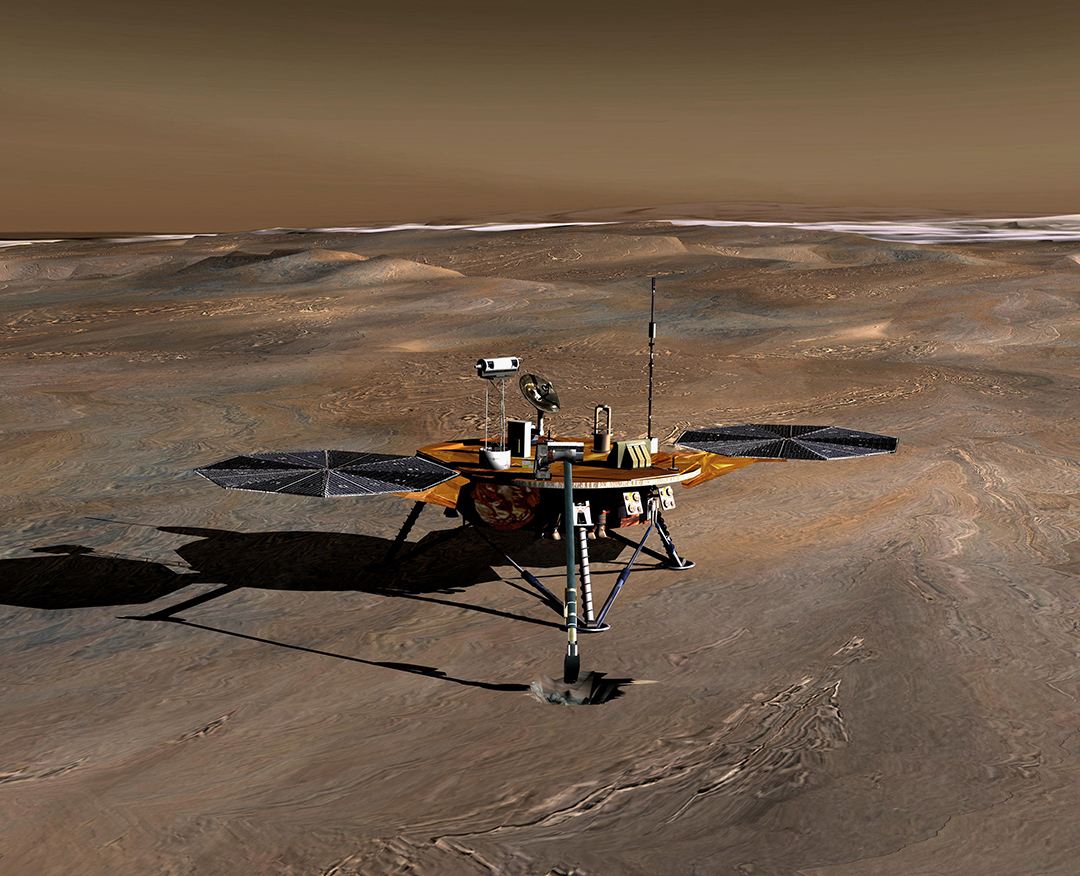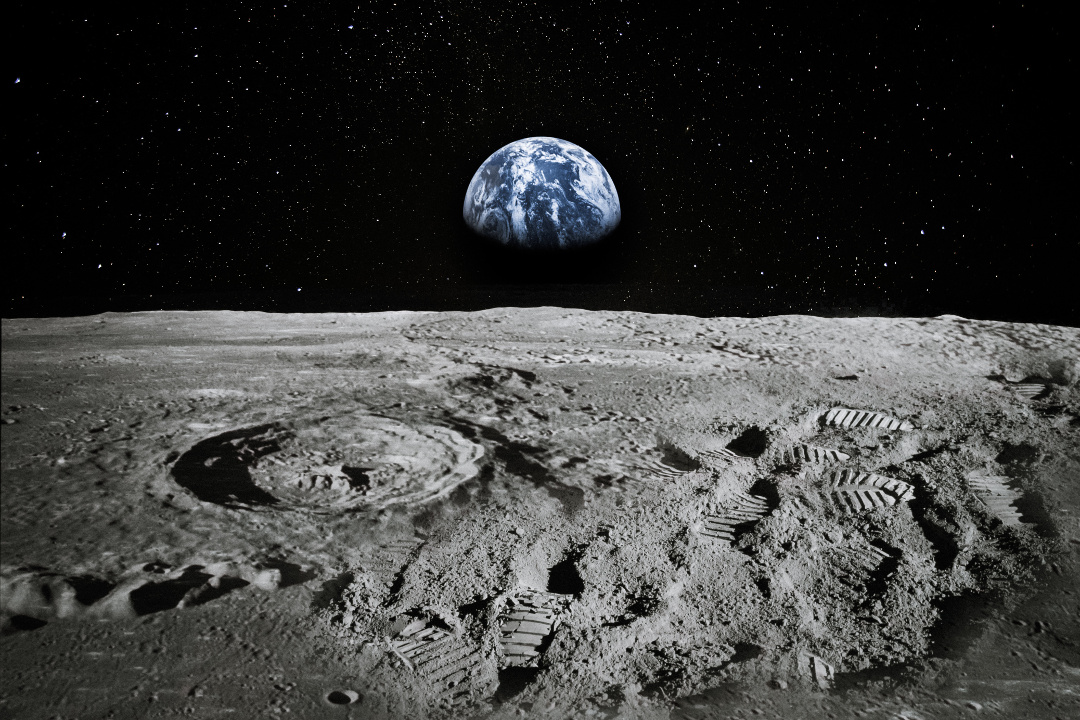
A Journey of Wonder
SPACE MISSIONS AND LIFE BEYOND EARTH
The origin of life in our planet is a big scientific question yet to be solved. In order to understand this, we need first to travel back in time to the formation of our solar system. The analysis of meteorites presents an opportunity for the scientific community to know that the solar system is around 4.56 billion years old. Meteorites are samples that originate from asteroids situated in the asteroid belt between Mars and Jupiter. Some of them have not been significantly changed since the solar system was formed, therefore acting like time travel machines and allowing to determine its age.
From the formation of the solar system until around 3.8 billion years, the Earth has witnessed heavy bombardment from meteorites and comets (commonly known as dirt snowballs, that travelled from the outer reaches of the solar system), which delivered tonnes of water and organic molecules (a process called exogenous delivery). If you think of these molecules as Legos, then the cell (the basic unit of life) may be considered like a little house made up of Legos. The passage from the organic molecules of life to having a cell, and later to complex life forms is not yet known. The only available data the scientific community has is that the organic molecules were delivered to the early Earth via exogenous delivery and/or were formed at the bottom of the oceans in deep sea hydrothermal vents (a process called endogenous formation). Several present and future space missions to comets and asteroids will determine which building blocks of life were delivered to the primitive Earth.
These include the Japanese Hayabusa2 mission that collected samples from asteroid Ryugu last year and will arrive on Earth by the end of 2020; the OSIRIS-Rex sample return mission to asteroid Bennu that will arrive on Earth in 2023; and the Comet Interceptor mission that will be launched in 2028. As life originated in our planet, the scientists also wonder whether life may have started in other parts of our solar system (or even the Universe). To date, no extraterrestrial life forms have been found. The first time (and to date the only) there was a space mission to search for alien life was in 1976. It was part of NASA’s Viking programme and the spacecraft successfully landed on Mars.

The way that space missions try to detect signs of extraterrestrial life is by looking to the same organic molecules that make up life here on Earth. This means that any of the past, present or planned space missions look for life forms that are carbon based, and like the ones we have on our planet. The Viking mission did not detect any signs of alien life on the Red Planet, which was highly disappointing. Years later, it was discovered that this happened because the Viking mission was looking in the wrong place (i.e., the surface of Mars is full of oxidative molecules that would destroy any signature of life), and that technology was not state-of-the-art (i.e., if we had a gram of Martian soil full of microorganisms, the equipment on board the Viking mission would not be capable of detecting any organic molecules).
Soon we will have another space mission that will search for signatures of life on the subsurface of Mars. This space mission called ExoMars is a collaboration between the European Space Agency (ESA) and the Russian space agency Roscosmos. The ExoMars rover will be launched in late 2022 and it will drill at different depths of Mars (down to 2 meters) in order to finally try to determine whether there is life on the Red Planet. In addition to Mars, other places that may contain extraterrestrial life include the icy moons of Jupiter such as Ganymede, Callisto and Europa, and the icy moon of Saturn called Enceladus.
In 2011, NASA’s Kepler mission confirmed the discovery of its first rocky planet, named Kepler-10b
All these have subsurface oceans and are thought to have deep sea hydrothermal vents. Therefore, organic molecules may be formed, making these moons environments that may host extraterrestrial life. The Jupiter Icy Moon Explorer (JUICE) space mission from ESA is planned to be launched in 2022, and will visit Ganymede, Callisto and Europa. One of its main objectives is to detect organic molecules representative of life in the moon Europa. The next few years are packed with exciting life detection space missions with, most certainly, ground-breaking results. It is important to reinforce that the search for extraterrestrial life is based on the life forms we have on Earth, carbon based.
It is possible (but less probable) that there is life in the solar system based on other chemical elements. While we have yet to detect alien life, the technology has significantly improved over the decades since the Viking mission. The advances in this research field depend heavily on the development of technology that can look for the appropriate signatures of life, whether they are carbon based or not. This journey to discover new worlds and potentially extraterrestrial life is a journey of wonder and new conquests every single day. The scientific community is working hard to achieve this goal and is looking forward to the day we discover that we are not alone in the Universe.




